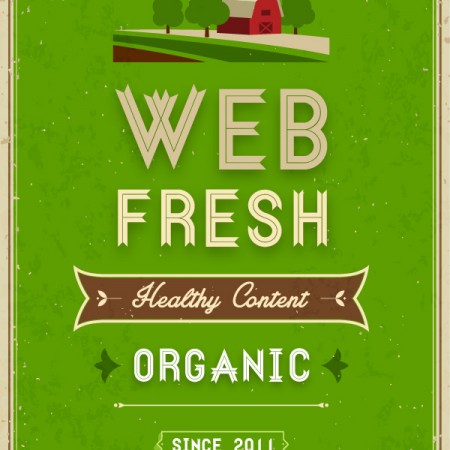How to Write Web Copy
Web copy has the power to make or break your online presence. Think about it for a moment. When new customers find your company online, what is the first impression they get? It’s coming from your web copy, but does that copy welcome them in or push them away? Does it educate them? Is it funny and relatable and written specifically for them? If not, it’s not fulfilling its purpose. If you want to succeed online, you need to learn how to write web copy that intrigues, delights, and inspires your readers. Only through learning how to do this will you excel at online marketing and build the reputation your brand deserves. Read on. How to Write Web Copy (and Why it Matters) Today, experts claim that we only have seven seconds to make a first impression. People who find their way to your website or social media profiles are developing an impression of you and your company as soon as they start reading, and that impression can either help or harm your business. Think about the sites that publish web content that stands out in your mind. What do you love about them? If you’re like most people, you love that these sites speak to you like a real human that wants to learn new things, rather than a “target persona” with no name or feelings. These companies know how to create compelling web copy, and you can follow suit by paying attention to what they do so well. How to Write Web Copy 101: 10 Smart Tips If you want to learn how to write web copy, follow these ten quick tips: 1. Keep scanning in mind. While people read books, people scan web copy. Because of this, you can’t write the two things the same way. Web copy must adhere to the way that people read web copy, which means it must be straightforward and easy to digest. It must also keep the habit of scanning in mind. This means short, succinct paragraphs, headers, and subheaders that tell readers what to expect in a section, and bulleted or numbered lists that showcase must-have bits of information. When your web copy includes these components, it will automatically become more reader-friendly, and it will perform better online. 2. Give your readers what they want. People don’t read marketing blogs just because. In most cases, they’re looking for information, trying to solve a problem, or searching for a product to purchase. In other words, they’re on the hunt, and it’s your job to give them what they want. The first step in doing this, of course, is to understand your readers. What do they want? If you don’t know, develop a buyer persona to help you put your finger on their top needs and desires. Once you’ve done this, be sure that your content is positioned in such a way that it’s delivering what your customers are looking for. In addition to making your content more relevant to them, this simple step will also help ensure that your web content finds its niche and stays there. 3. Arrange your content with the most relevant information at the top. Think about how you bait a hook to go fishing. You don’t place the bait halfway up the line, where the fish is unlikely to see it, do you? Instead, you put the bait on the hook, right where the fish is virtually guaranteed to bump into it. The same practice applies to your web content. When you top-load your articles and blogs with the most relevant and important information in the first few paragraphs of the body copy, you stand a better chance of “hooking” readers and keeping them there. With this in mind, add all of the most critical details of your piece to the upper portion of the web page. Depending on the topic of the page, this could include benefits of a product, detailed information about an event or launch, or statistics that illustrate your point. To take your web content a step further, use the personal “you” voice, and a selection of facts, figures, and statistics to appeal to your readers and draw them in from the get-go. 4. Don’t try to sound smart. One of the most-shared blogs of the year was on exactly this topic. Published by Harvard Business Review on October 5, 2016, “Stop Trying to Sound Smart When You’re Writing” is all about how trying to sound smart often has exactly the opposite effect. Instead of impressing your readers, it alienates them. Instead of boosting your brand, it harms it. That said, start writing the way you talk. In addition to being more authentic for you and your company, this approach will also help to keep readers interested. When you don’t speak down to people, they’re more likely to want to stick around and engage with your content. This is a great thing for both you and your brand. 5. Get rid of the jargon. If the only people who can read your web page copy are people in your industry, you’re doing something wrong. To keep your web page copy reader-friendly and accessible, get rid of industry jargon or unfamiliar words. While it may seem like this helps you sound smart or professional (see tip #4) it more commonly alienates entire segments of readers and hems your online writing in too tightly. With that in mind, get rid of the jargon and use familiar, simple words to communicate your point. For help, use an editor like Grammarly or Hemingway to make alternate word suggestions and help you catch overly complicated sentences. 6. Research your keywords. Keywords, once the center of on-page SEO, have fallen from grace a bit in recent years, but that doesn’t mean that they aren’t important. In fact, keywords still work hard to guide Google and your readers to understand what your content is about. Think about it: when readers search for online content, they do so using … Read more






